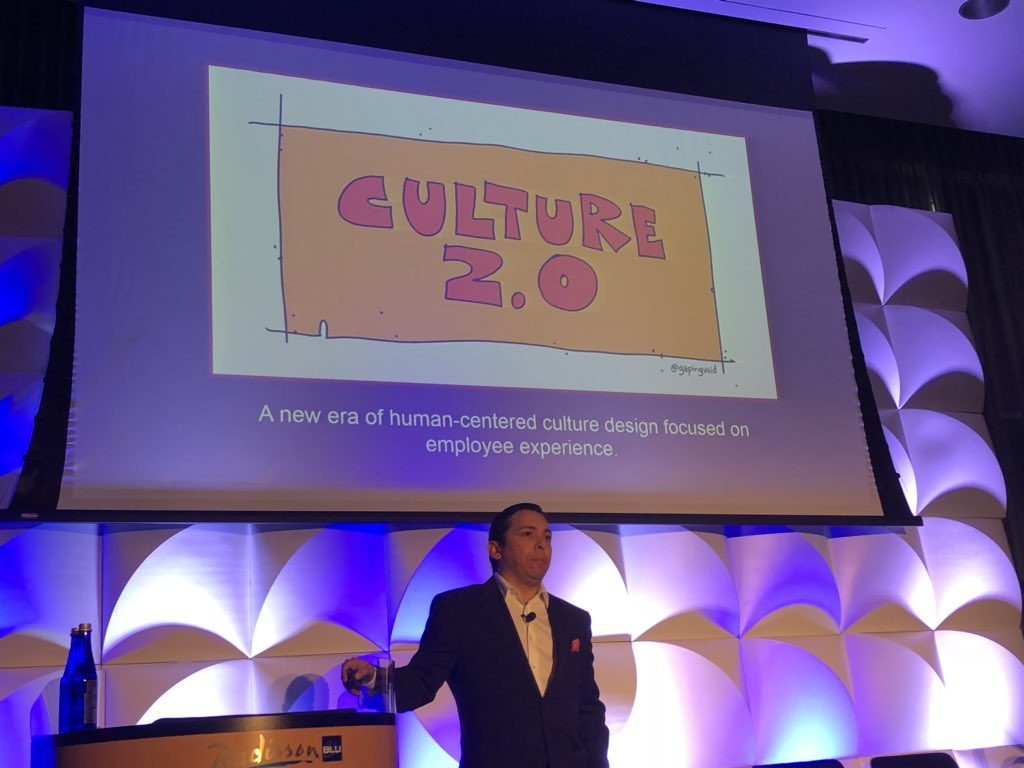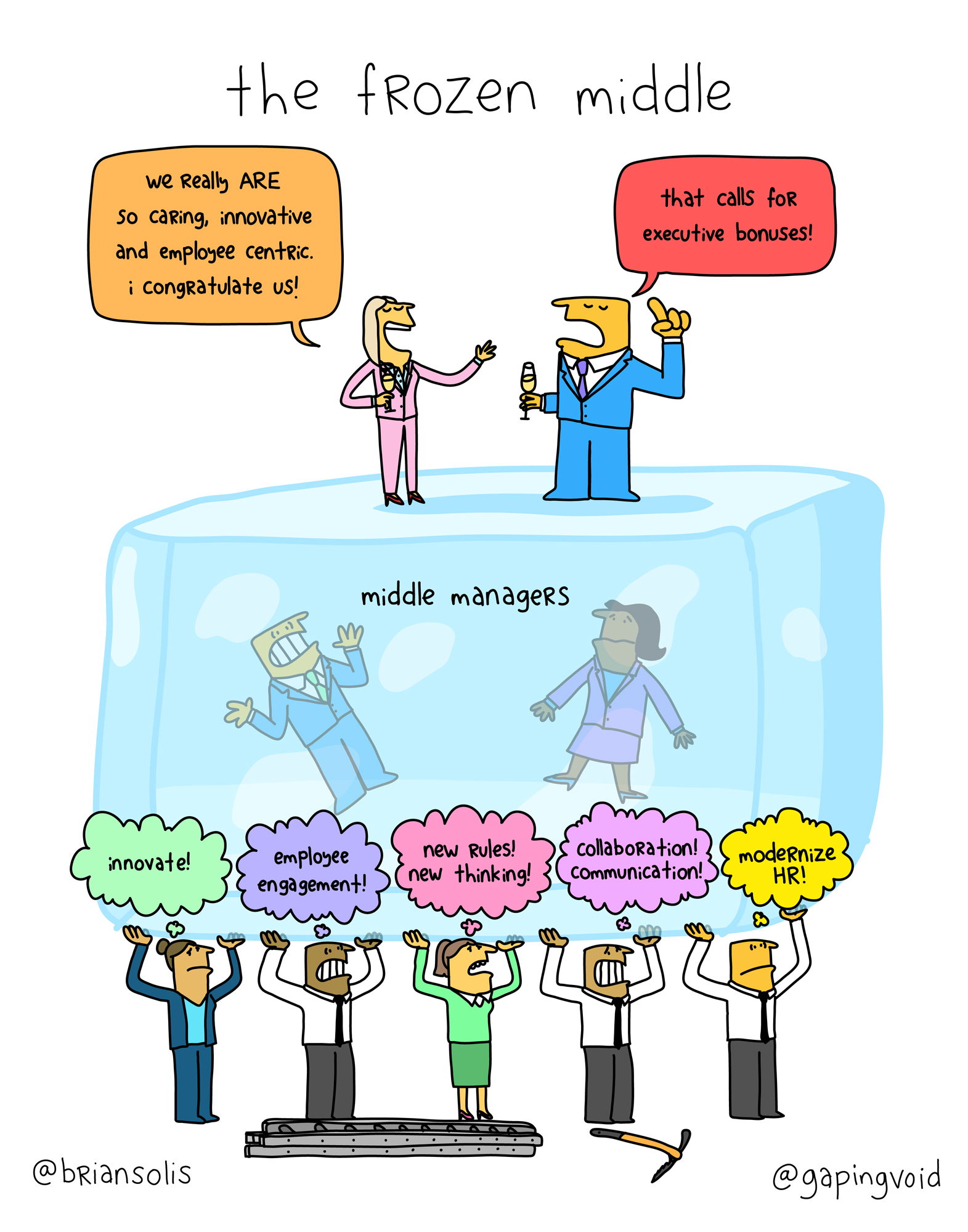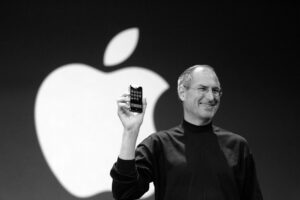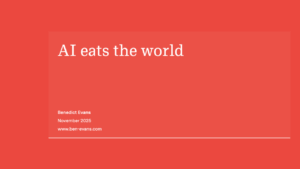
When it comes to employee engagement and experience, innovation and digital transformation, corporate culture is under appreciated and largely neglected. Did you know that 85% of employees around the world are not engaged or actively disengaged at work according to Gallup? This global “norm” costs approximately $7 trillion in lost productivity. Titled “Culture 2.0 – The Art and Science of Human-Centered Change and Innovation,” my keynote at the Digital Workplace Experience aimed to change that. Culture is incredibly important to the long-term success of any organization as well as to the morale and productivity of employees. With Culture 2.0, forward-thinking organizations must embrace the art and science of prioritizing human-centered culture work, its relationship to the future of work and how it ushers in a new era of leadership vs. management.
I’m so passionate about this topic that I actually dedicate a significant amount of my time and personal resources to better understand culture, people and change. My entire career has been based on pushing cultures, management, leadership and organizations forward into the future because of all this digital stuff that has been playing out since the consumerization of technology.
Every time I study innovation, digital transformation, the customer experience, you name it, the #1 inhibitor to those things flourishing is culture. The number one thing when it works really well is also attributed to culture, so that’s both the #1 catalyst and #1 challenge we face. Somewhere in that whole discussion are people. We are the change. We are what’s responsible for performance today and tomorrow, yet culture is one of those things that’s ethereal. Some of the research I have been investing in has been the experimentation of art and response, art and motivation, art and change. Through all this work, I have found that employee experience is the next biggest trend for organizations that want to both perform by traditional standards and in ways that enliven people. It helps create a culture that makes people feel proud of where they are, makes them feel they’re part of something bigger than themselves. Employee experience is where we get to the heart of the matter of what really matters to business.
When we talk about employee experience we can’t fix or change anything until we actually understand the reality that most people today are disengaged. A lot of people just show up. They just need the paycheck. When it comes to transformation, we don’t need everybody to come along. We just need to attract the right people. If people don’t feel they love what they do, then we have problems that a cloud, collaboration or real time software and platforms won’t solve. In fact, they’ll probably going to accelerate the challenges we have today.
A few years ago, I studied how executives were thinking about change, culture, human resources and employee engagement, and how employees felt about all those things. Executives believe that employee engagement is important, but employees rated their engagement right in the middle on the issue, with more than half of them feeling neutral on their company culture. In a report I recently published called the Digital Culture, examining what it takes for companies to succeed or fail in this economy, culture was again cited as the #1 hurdle to overcome. Companies were struggling to create a digital culture. Flexibility and a digital first mindset were big problem issues. The nature of how they work doesn’t allow for any flexibility, and the digital mindset is completely new because they’ve been so used to working and making decisions that they use digital as tools but not as a way of life. That’s where things need to change.
It’s not easy because we grew up being taught and rewarded for following the rules at home, school and work, and those rules become norms. Those norms become behaviors and those become the culture of the organization. That’s why many companies are risk averse, and why employee engagement is down. Innovation asks you to challenge those rules and that goes against our very conventions and beliefs of how we work. Less than half of employees today believe it’s easy to collaborate within their company yet almost all of the executives believe it’s easy. I wonder sometimes if they’re working at the same place. What’s clear is that there’s not only a lack of collaboration but a lack of vision and sync within the company.

We have to adopt a new mindset to see the problem differently and also a systems way of thinking to change how we think and work. We need new expertise that may not exist within organizations today. We have to unlearn a lot of the standards that equate to how we work and how we measure success, which is why one of the pillars of digital DNA is recreating or building new KPIs and metrics for measuring performance and behaviors. We cannot undervalue the importance of change agents within the organization. The digital change agent is the one who wakes up every day trying to change people’s impressions, rally them together and make this a bigger conversation. They’re trying to innovate while meeting resistance and egos that prevent them from being successful. These change agents are incredible assets, yet they’re thinking about quitting because they’re frustrated, or they get fired for making too many waves.
The truth is, we are all change agents, whether we give ourselves the title or not. We’re here to learn, explore and most importantly to build a community with one another because we’re all facing the same challenges. One of the greatest skills change agents have is not only their resilience but also their ability to cheerlead. Every story of change starts with personal transformation. I can assure you that in the best stories where a company changes small at first and dramatically later, it is because change started from the middle, not from the top down. The ideas, the possibilities, the talent all come from the middle. Employees are being asked by the executives to change and at the same time they’re personally feeling the struggle to change because these are dynamic and scary times and what happens is a divide in work, innovation and culture. That’s a lot of divides but the good news is that once we start looking at things this way, we can stop that divide from growing. We can also start to close it.
I worked with a big pharmaceutical company that was creating a transformation strategy, and the chief human resources officer mentioned a key problem. They needed digital talent and younger mindsets to drive their work forward, but they weren’t able to attract the people they wanted. People were going on Glassdoor and YouTube and seeing that people post that it wasn’t the best place to work. I addressed some of their challenges. Chief among them was that they had no way of allowing people to apply for a job on their phones. 90% of most processes start on a mobile device. That was one example of the disconnect between these tools and this mindset that work is actually what you say it is. To change, you must create a vision for the future, understanding what matters to employees, which is different from five years ago, 25 years ago and 50 years ago. We have to bring employees along for this journey. The blueprint for the digital work experience is often counterintuitive because it goes against many of the norms and beliefs and rules that are in place today. That’s why I became a digital anthropologist 15 years ago. I felt the need to study how technology was affecting and changing us.
Culture is defined by the experiences that people have and share and that is where culture design comes into focus. What do you want people to feel? What do you have people share? There’s a new normal happening today and this is exactly why there’s a divide – because employees are working with different standards. Every day they wake up they get a new iPhone, every day there’s a new app…they change and evolved, and how they work and why they work is not aligning with that. Most of the time people don’t necessarily know they’re changing because it’s that boiling frog metaphor – it happens slowly. But at certain points, their centers of reference change. But our way of working and our center of reference and decision making doesn’t change. It hasn’t evolved, so we’re making decisions about digital workplaces and culture right here while they’re over there and there’s that experience divide. What has happened is what I call the Law of Accelerated Society and Selfie Disruption. It just means that technology experiences we have that we use in our personal lives are changing us and our societal norms and cultural beliefs.
The reality is that all of these things are changing the way we live. Snapchat has turned conversations into moments. Instagram has sort of glorified the picture-perfect life. Facebook is polarizing relationships. Think of all those videos you watch on YouTube and then you realize, where did those four hours go and you have nothing to show for it? Anybody who uses Snapchat or Instagram today has an augmented reality – they just call it something else. As a human being, it completely rewires how you work, how you think, your values, your aspirations, your norms, everything. So you take this into work and suddenly everything feels off. Just because something is digital, doesn’t make it intuitive, seamless or normal. That’s why we have to start with culture. What are we trying to do and why a lot of companies I look at will put standup desks, open workspace, ping pong tables, free food, and happy hours. They try to gamify stuff by creating leaderboards, or put in other hip technology. Those are things. It’s not culture, it’s not experience design. Culture is the lifeblood or any organization. It defines how people treat each other, why they come to work and how they relate to one another. It’s one of the least understood but most talked about things when it comes to business transformation and innovation.
Most organizations that thrive have aligned their internal cultural vision with employee engagement and a new incentive program designed to have everybody work towards this vision. Studies are already showing that companies that have strong cultures, articulated cultures, have higher Glassdoor rankings.
How does that play out over time? Companies with these strong, articulated cultures actually perform better in the market, with higher profitability, higher growth, higher shareholder value. It is deeply tied to business performance and growth, so the question is, who owns culture? Who is that defining North Star? How are we inspiring people every single day to let them know where we are in that mission and the role that they play against moving towards that North Star? I call this culture, because it really is a time where we need an entirely new version of what we think culture is. Like the best customer experience work that’s being done today, employee experience is human centric. It’s understanding how people are different, understanding where their centers of reference moved and understanding where we’re trying to go as an organization – and bringing those closer to an alignment. With cultures that are strong, there’s a direct correlation between beliefs and outcomes, so the cultural beliefs of an organization have to be defined so they can be tied to these outcomes. Harmful cultures happen when people are not aligned.
We can articulate these beliefs through words, art, policies and processes. We must invest in the technologies and the employee engagement and human resources and management infrastructure that increases new cultural norms. We are essentially defining but also shaping new employer-employee behaviors because we’re working towards something together.
The problems that we all have are all a result of culture – what we allow, what we don’t allow. It’s important to notice that in my research – and also with Gapingvoid, which is dedicated to creating more engaged organizations by designing a better and more meaningful culture – that beliefs and mindsets dictate organizational behaviors. They are tied directly to organizational outcomes. There’s a direct correlation between beliefs and outcomes so the cultural believes of an organization have to be defined so they can be tied to these outcomes. Harmful cultures happen when people are not aligned. That’s why alignment is part of this process.
We’re trying to define the pillars of a culture that the formalization and the articulation of those beliefs are directly tied to establishingcultural norms and behaviors. We dictate the experiences that we want people to have and share and that manifesting those beliefs in words but also art and also employee engagement shape directly shape employee experiences. Sharing those beliefs through words through visuals, through art, through work, through policies, through processes and everything you do externally also improve customer experiences e^x is directly tied to CX. There’s a formula for that.
It’s this combination of the future motivating state and articulated beliefs that you create. You define and articulate those beliefs through words, through art, through policies, through processes – and we invest in the technologies. The employee engagement and the human resources and the management infrastructure increases new cultural norms that we are essentially defining. We are also shaping new employer-employee behaviors because we’re working towards something together.
To build a culture of innovation, you have to assemble leadership to define that future motivational state. You have to articulate and socialize those beliefs inside and outside the company. You have to give employees the tools every single day to be successful, and you have to reward those new behaviors.
I like to think about innovation as all the work that we do to learn how to conform and move our centers of reference to new centers of reference so that we can be aspirational. So that we can be that North Star. So they want to come along for that ride because today we’re asking people to conform to our way of working. When you look at performance and you tie culture to that performance, then culture becomes the number one metric. Things like morale things, like NPS internally and externally, those just become functions of aspects of how you work, not why you work. Culture is already proven to be your biggest competitive advantage. It’s tied to employee experience and also customer experience.
You can’t delight customers if your employees aren’t inspired and culture design employee experience customer experience it’s all human.
I think we’re all just looking for something to believe in and I think that’s the role you play in not just digital workplace experience but actually Culture 2.0. That work has to start somewhere. That vision has to start somewhere. And what I have truly observed is that innovation in these areas starts in the heart.
Additional Coverage
CMSWire – Takeaways from Digital Workplace Experience
Strategic HCM – Brian Solis on Culture 2.0
Brian Solis, Author, Keynote Speaker, (Actual) Futurist
Brian Solis is principal analyst and futurist at Altimeter, the digital analyst group at Prophet, Brian is a world renowned keynote speakerand 8x best-selling author. In his new book, Lifescale: How to live a more creative, productive and happy life, Brian tackles the struggles of living in a world rife with constant digital distractions. His model for “Lifescaling” helps readers overcome the unforeseen consequences of living a digital life to break away from diversions, focus on what’s important, spark newfound creativity and unlock new possibilities. His previous book, X: The Experience When Business Meets Design, explores the future of brand and customer engagement through experience design.
Please, invite him to speak at your next event or bring him in to your organization to inspire colleagues, executives and boards of directors.
Follow Brian Solis!
Twitter: @briansolis
Facebook: TheBrianSolis
LinkedIn: BrianSolis
Instagram: BrianSolis
Pinterest: BrianSolis
Youtube: BrianSolisTV
Newsletter: Please Subscribe
Speaking Inquiries: Contact





Leave a Reply